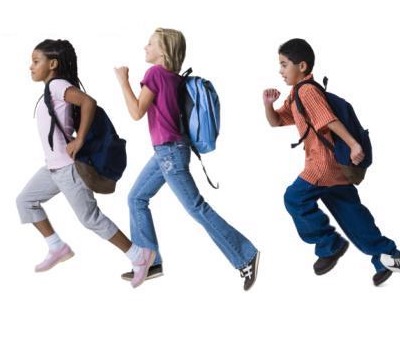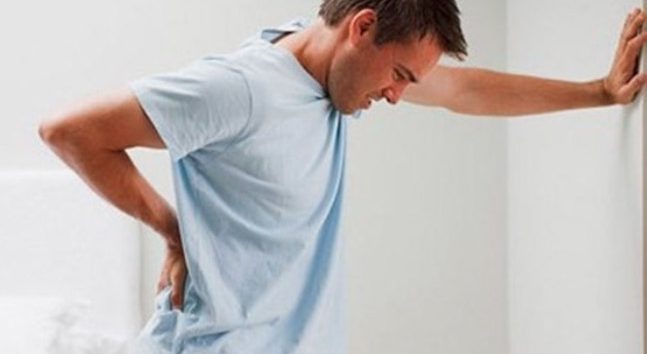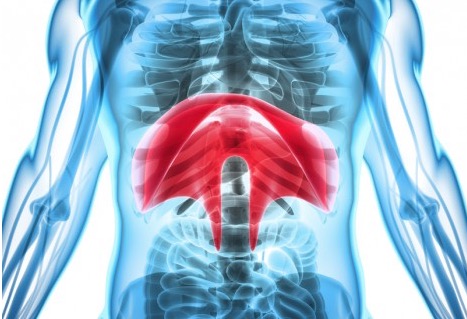
7 Backpack Tips to Avoid Pain and Bad Posture
Backpacks can become a real pain for kids and young adults. They are associated with pain, bad posture, and both of these can be avoided if you follow these simple tips.
Neck and shoulder pain, back pain and fatigue are the most common complaints related to backpacks. The weight of the backpack and the way it is carried are the major reasons for these complaints.
- Look for a backpack with wide, padded straps. Narrow straps can dig into and irritate the shoulders.
- A strap that closes across the chest and waist adds stability and reduces strain on the neck and back. Adjust the straps of the backpack to raise or lower it on your back until your back muscles feel the most relaxed and the position feels most comfortable.
- A backpack is designed and should be carried on both shoulders. A backpack carried on one shoulder commonly causes leaning and bending to one side. If this is done continuously, it can lead to bad posture and possibly pain.
- Check the weight of your child’s backpack. It should not exceed 15 percent of their body weight. Weigh the backpack on a scale, divide it by your child’s body weight and multiply by 100. If the total is over 15 percent, the backpack is too heavy.
- Encourage your child to bring home only the books that are necessary and if possible, leave the heavier books at school.
- Keep an eye out for pain or discomfort. Pain and fatigue commonly shows in facial expressions and body gestures. If you observe this when your child arrives home from school, check the weight of the backpack.
- If pain develops or you see signs of bad posture (a low shoulder, rounded shoulders, forward head, etc.), contact our chiropractic department at First Health for a check up. Bad posture left uncorrected can lead to problems down the road.


